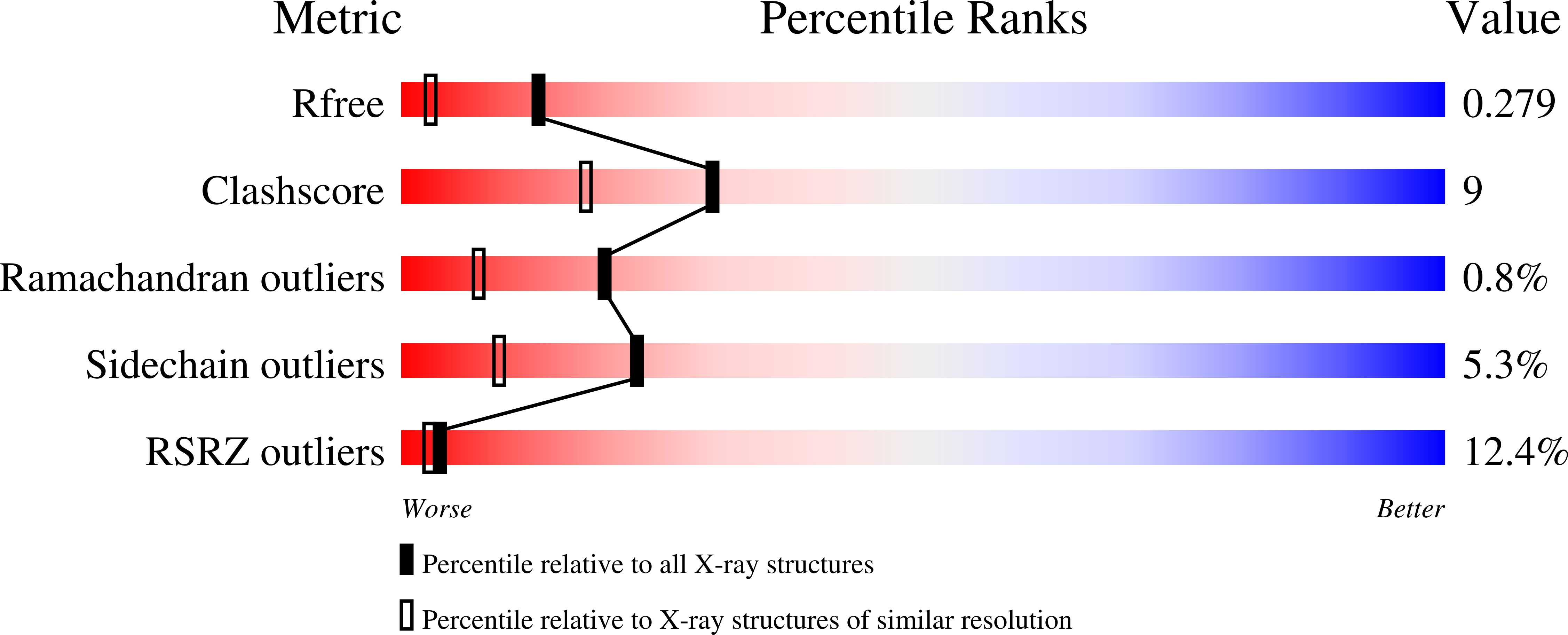
Deposition Date
2010-02-17
Release Date
2010-03-16
Last Version Date
2024-11-06
Entry Detail
PDB ID:
3LU9
Keywords:
Title:
Crystal structure of human thrombin mutant S195A in complex with the extracellular fragment of human PAR1
Biological Source:
Source Organism:
Homo sapiens (Taxon ID: 9606)
Host Organism:
Method Details:
Experimental Method:
Resolution:
1.80 Å
R-Value Free:
0.23
R-Value Work:
0.19
R-Value Observed:
0.19
Space Group:
P 1


